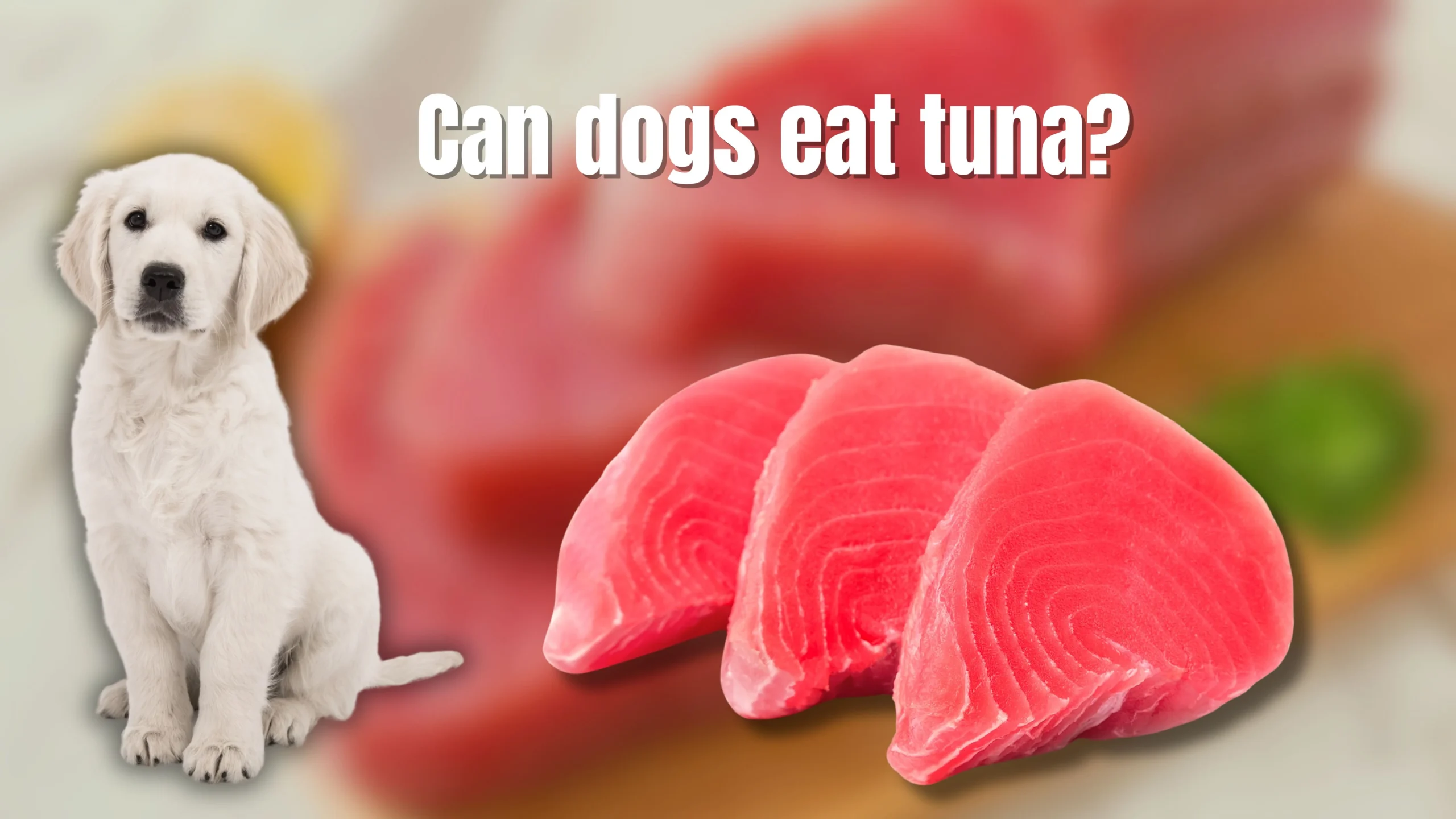Can Dogs Eat Tuna?
Tuna can be a nutritious treat for dogs, but it should be offered sparingly and with caution. Can Dogs Eat Tuna? While rich in omega-3 fatty acids, protein, and essential vitamins like B3, B6, and B12, tuna also carries risks, particularly due to its mercury content. Regular consumption of tuna, especially in large quantities, can lead to mercury poisoning, which may cause long-term health issues. Therefore, while it’s safe in small amounts, it’s crucial not to make tuna a staple in your dog’s diet.
Many commercial dog foods contain tuna, indicating it is generally safe for dogs when balanced with other ingredients. However, feeding tuna outside of these regulated foods should be limited, as mercury levels can accumulate over time. When choosing tuna for your dog, it’s recommended to opt for tuna packed in water rather than oil or brine, and ensure it has no added salt or harmful additives. For dogs to enjoy the benefits of fish without the risks associated with tuna, shorter-lived fish with lower mercury levels are a safer option.
When is tuna bad for dogs?
Tuna can be a healthy treat for dogs, but certain precautions should be taken. Here are the key points to keep in mind:
- Feed tuna only occasionally and in small amounts to avoid potential health risks.
- Mercury buildup from consuming too much tuna can cause serious long-term health problems for your dog.
- Tuna is rich in omega-3 fatty acids and protein, which are great for your dog’s health, but balance is essential.
- Avoid giving your dog tuna canned in oil or brine instead, choose tuna in water.
- Never serve tuna with harmful additives like spices, onions, or mayonnaise.
- For a safer option, choose fresh, short-lived fish with lower mercury levels for regular treats, as they offer similar nutritional benefits without the risks.
These guidelines will help ensure your dog enjoys the benefits of tuna without compromising their health.

Is Tuna Good for Dogs?
Tuna is packed with essential nutrients like protein, omega-3 fatty acids, and vitamins that support a dog’s skin, coat, and overall health. While these nutrients are beneficial, dogs on a complete and balanced diet already get the necessary vitamins and minerals from their regular food, so adding extra tuna is not necessary for nutrition. It’s fine as an occasional treat, but it shouldn’t become a regular part of their diet due to the risks associated with mercury, which tuna contains in higher amounts compared to other fish.
Mercury, a heavy metal found in larger fish like tuna, can build up in a dog’s system over time, leading to mercury poisoning. This can cause serious health issues such as tremors, vision problems, and kidney damage, especially in puppies or smaller breeds. Symptoms like vomiting, hair loss, and loss of coordination could indicate mercury toxicity, so it’s best to limit your dog’s tuna intake.
If you want to add fish to your dog’s diet, there are safer alternatives like salmon, which have similar nutritional benefits without the risk of mercury exposure. Ultimately, tuna can be enjoyed by dogs in moderation, but feeding it regularly is not recommended. Always consult your vet before introducing new food items, especially those with potential risks.
Can dogs eat raw tuna?
Canned tuna can be a healthy, protein-rich treat for dogs when fed in moderation. It’s important to choose tuna packed in water, rather than oil or salted water, to avoid excess fat and sodium. Opt for varieties like albacore or skipjack tuna, as they contain lower mercury levels compared to larger species such as bigeye or bluefin tuna. However, be cautious, as added spices or herbs in some canned tuna products can be harmful to dogs.
While tuna is rich in omega-3 fatty acids and other beneficial nutrients, it also contains high levels of mercury, particularly in larger, long-living species. Mercury can accumulate in a dog’s system over time, potentially leading to mercury poisoning, which causes severe health issues. To minimize risk, it’s best to limit tuna to occasional treats and consider other safer fish like salmon or tilapia as regular alternatives.
Always check the label to ensure there are no added salt or harmful ingredients in the canned tuna. Feeding tuna to dogs should be done sparingly, especially for smaller breeds, and not as part of their daily diet to avoid long-term health complications.

How to serve tuna to your dog
When preparing tuna for your dog, it’s essential to cook it properly steaming, grilling, or baking are the safest options. Make sure the tuna is free from salt, seasonings, and bones before serving, as bones can cause digestive issues or physical injury if ingested. Additionally, avoid feeding parts like the fins, tail, and head, which pose choking risks and could cause harm to your dog’s digestive system.
If you’re not cooking, canned tuna is a convenient option, but make sure it’s packed in water with no added spices or additives. Whether you choose fresh or canned tuna, it’s best to serve it in small portions and limit the frequency to once or twice a week. Tuna should always remain an occasional treat rather than a staple part of your dog’s diet.







